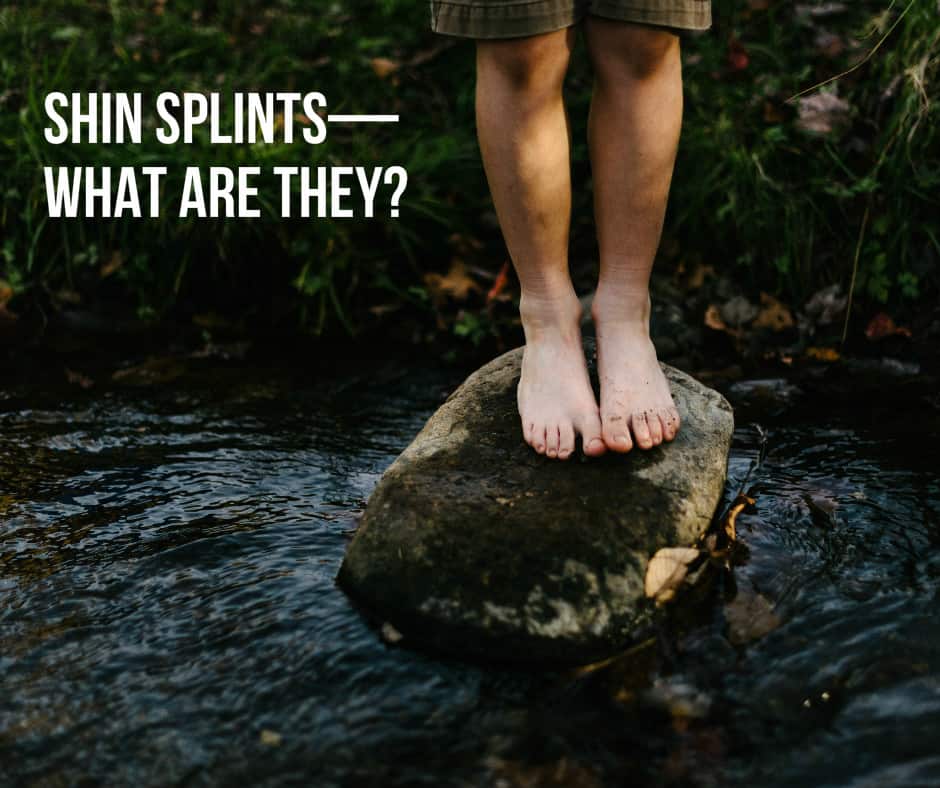
SHIN SPLINTS
This week, I’ve decided to blog about something that I deal with personally… shin splints. Do your shins throb after a short run on the treadmill or around your neighborhood? You could be going through the same thing as me. Shin splits are very common with athletes who run as a workout, play basketball, tennis or even dance. They are often caused by:
· Irritated and swollen muscles.
· Stress fractures (tiny breaks in the lower leg bones).
· Flat feet—when the impact of a step makes your foot’s arch collapse.
· Weakness in stabilizing muscles of the hips or core.
This condition accounts for an estimated 10.7% of injuries in male runners and more common for women with a percentage of 16.8%. Although, high impact sports people are at a higher risk, it can even develop with walkers if they increase their speed and distance.
Luckily, shin splints are not a serious condition and usually self-treatable. If you cannot fix the injury from home, it is best to stop the activity causing pain and see a doctor who can take X-rays to find out the proper way to treat the diagnosis.
How to treat shin splints:
1. Rest your body. It needs time to heal.
2. Ice your shin to ease pain and swelling. Do it for 20 minutes every 3 to 4 hours for 2 to 3 days, or until the pain is gone.
3. Take anti-inflammatory painkillers. Nonsteroidal anti-inflammatory drugs, like ibuprofen, naproxen, or aspirin, will help with pain and swelling. These drugs can have side effects, though, like a greater chance of bleeding and ulcers so use as directed. They should be used only occasionally unless your doctor says otherwise.
4. Use orthotics for your shoes. Shoe inserts — which can be custom-made or bought off the shelf — may help with arches that collapse or flatten when you stand up.
5. Do range-of-motion exercises, if your doctor recommends them.
6. Use a neoprene sleeve to support and warm your leg.
7. Go to physical therapy to identify and treat issues in your legs or running mechanics that may be causing shin splints. A therapist can also help ease the pain and guide your return to sport.
8. Before Exercise Warm-up!!! Walk on your heals for 5-10min, use a heating pad on the affected area, and ease into your activity.
How to prevent shin splints:
· Change your shoes: Try switching to a shoe that limits pronation. Arch supports can help as well.
· Up your calcium and vitamin D intakes: Easy sources are milk and yogurt & sunshine for vitamin D.
· Follow the 10 percent rule: Runners, never up your weekly mileage by more than 10 percent. And never for more than 3 weeks in a row before a decrease.
· Train your hips and core: Strengthening these areas will make you a stronger runner, which improves foot-strike and body mechanics.
http://www.medicalnewstoday.com/articles/242169.php
http://www.runnersworld.com/shin-splints/how-to-treat-shin-splints
http://www.webmd.com/fitness-exercise/shin-splints


No Comments